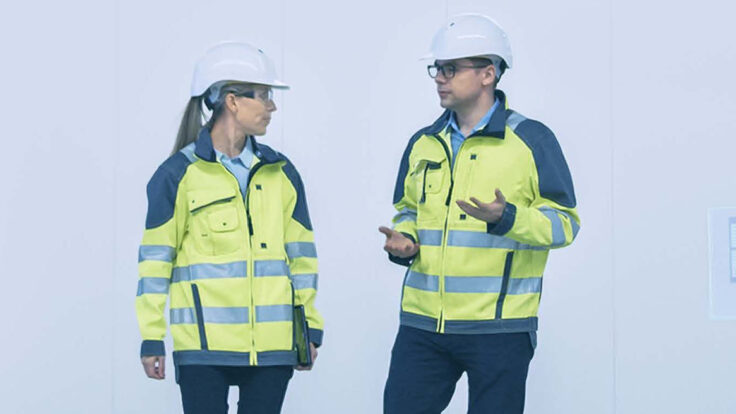of Safety
What is fit for duty? This term refers to a worker’s ability to undertake, safely, the demands of their job. In the case of an injury this can look different from person to person and vary by situation.
Injured workers returning to work while still recovering require suitable work/duties and a healthy dose of support (accommodation). Both the worker and the business benefit by maintaining connections and preventing long term disability. However, the key to making this successful, and safe, is healthy collaboration between both the employer and the employee.
In BC, “the provincial government made amendments to the Workers Compensation Act that affect return to work. Effective January 1, 2024, employers and workers have a legal duty to cooperate with each other and with WorkSafeBC in timely and safe return to work following a worker’s injury, and certain employers have an obligation to return injured workers to work in specific circumstances.” (www.worksafebc.com)
Considerations for returning to work as fit for duty after an injury include:
- Having a “Fit For Duty” policy, preferably in the employee handbook
- Following a return-to-work plan co-created by both the worker and the supervisor
- Providing suitable work/duty assignments for the employee and reasonable for the employer
- Identifying workspace issues and factors that may impact the worker in their activities
- Scheduling implications for the employee in terms of flexibility for appointments, etc.
- Reviewing current skills and abilities and potential (re)training
Will safety become a victim of the trade war?
Editorial from TeksMed Services on Bill 41
OHS Canada Feature | Keeping your team safe: Leadership tips for working with subcontractors
3 safety tips: Ergonomics best practices for manufacturing

























